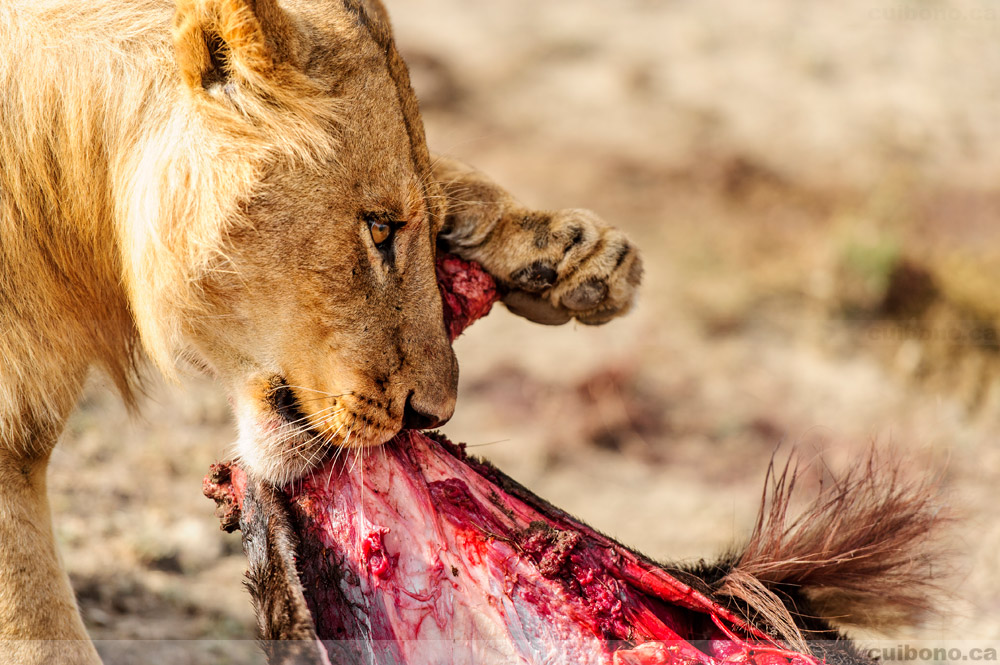The likelihood of seeing certain animals depends on the time of year you decide to visit Tanzania. In February, you can go to Ndutu to see wildebeest calving. In June/July, Seronera is a wonderful place to see bigs cats. In September, the northern part of the Serengeti including Tanrangire is the place to see an incredible amount of animals including elephants, lions as well as the the Mara river crossing. If you want to see animals, visiting Tanzania during these months is a no brainer. Does that mean that going any other time of the year is a mistake?
The short answer is no. The main difference between say February and November is animal density. You will see more animals in February, but those animals are not necessarily the ones you really want to see or spend time observing. There may be more wildebeest and zebras in Ndutu in February compared to November, but really, are those the animals you want to see? For most people, the answer is no since the majority want to see the big five (i.e. lion, leopard, elephant, buffalo and rhino).
From the game drives I have done with clients, most are excited to see antelopes, zebras and gnus (i.e. wildebeest) on day one, but by day two, most are happy to just move on. These animals in particular are everywhere to the point that you may even begin to ignore them and to make matters worse, they tend to run away from you the moment you get close to them. Moreover, I found that most first-time safari photographers after day one want to move-on because of what they could be missing elsewhere (e.g. lions hunting, elephants fighting).
That said, more prey does equal more predators, so animal density isn't a bad thing either. The flip side is that animal density also equals tourist density. If you're a photographer, there is nothing more aggravating than:
- A landcruiser in your picture
- The shadow of a landcruiser in your picture
- A unethical driver/guide who drives too close to an animal, scaring it away
I could go on, but you get the picture. The only way to mitigate these issues is to be on the move before dawn, 6am or earlier. This strategy is however short lived since by 7am, you'll be amongst the masses again.
The main advantage of heading to Tanzania in low-season is that once you find an animal, you can easily observe it (from a distance or close by) and take pictures of it for hours without interruption or interference. That is a photographer's best case scenario. There is a lot more driving involved, but the landscapes along the way and the reward once you find a group of animals is second to none. Depending on your goals when you visit Tanzania, you should really evaluate the pros and cons of the time of year you are planning on visiting.

